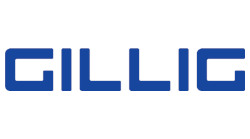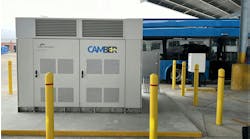Modine selected as thermal management supplier for GILLIG’s hybrid vehicles
Modine has been selected as the thermal management supplier for GILLIG’s hybrid vehicles, powered by the Allison eGen Flex® system. Through the collaboration, Modine provides its advanced EVantage Battery Thermal Management Systems (BTMS) and inverter cooling module for the GILLIG hybrid bus. The Modine systems will help ensure longevity and consistent performance under various operating conditions.
Since 2023, GILLIG has delivered more than 100 hybrid buses with Modine’s thermal management technology integrated, demonstrating the integration’s reliability and performance in various communities throughout the U.S. Most recently, GILLIG delivered 15 Allison eGen Flex® Hybrid buses to Citibus in Lubbock, Texas, with another 15 hybrids planned for delivery later this year.
"At GILLIG, our commitment to sustainable transportation solutions is supported by strong partnerships with forward-thinking companies like Modine and we have reinforced the reliability of our hybrid buses as a result," said Benjamin Grunat, vice president of product planning and strategy, GILLIG. "Our longstanding supplier relationship with Modine is built on a shared dedication to creating a more environmentally responsible and efficient future for public transportation."
"GILLIG is a U.S. market leader in low- and zero-emissions solutions for public transportation, setting high standards for sustainability and efficiency. Modine remains steadfast in our longstanding support for GILLIG as the demand for the next generation of transit buses grows,” said Modine Vice President and General Manager of Advanced Thermal Systems Gina Maria Bonini. "We are proud of our longstanding partnership as a thermal management supplier for GILLIG buses. Our collaboration with GILLIG affirms our dedication to advancing the state-of-the-art in clean transportation while achieving cost savings, emissions reductions and meeting regulatory objectives.”



